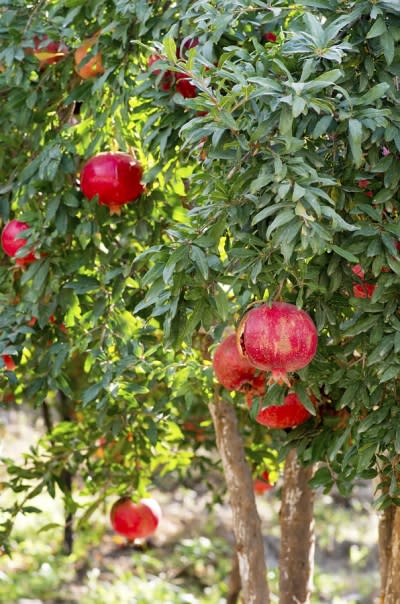Adding a pomegranate tree in your garden looks beautiful and provides you with seasonal fruit. Did you recently pick up a pomegranate seedling from your hardware store in San Jose? If so, then continue reading for information on caring for your new fruit tree.
Planting
First, find a location in your garden that gets full sun to partial shade. Next, test the soil to be sure that its pH falls between 5.5 and 7.0, treating it as needed to fall within this range. If you are planting a hedge of pomegranates, then space them 6 to 9 feet apart. If you are growing a single tree or adding it to an orchard, then allow it 15 to 18 feet of space.
Watering
After planting your pomegranate seedling, irrigate it every 7 to 10 days, aiming to provide your new tree with about 5 to 6 inches of water every 10 days. Using a rain gauge will tell you how much rain your garden is receiving, allowing you to cut back on irrigation when your area gets moisture. To help prevent the tree’s fruit from splitting, check the soil around your tree during late summer and early fall to ensure that it is evenly moist.
Fertilizing
Twice per year, in March and November, feed your pomegranate tree 2 to 2.5 pounds of 8-8-8 fertilizer. As your new tree reaches maturity, consider amending the soil with compost instead of fertilizing it.
Pruning
Once your seedling reaches 2 feet, cut away all but 4 or 5 of the best-looking shoots. To promote a strong plant, encourage new growth, and increase fruit production, shorten the shoots once per year for the first few years. After this, the removal of dead branches is the only pruning that should be needed.
Harvesting
Once your pomegranates achieve a diameter of 2 to 5 inches and appear a warm brown or a deep red in color, this means that they should be collected soon. Tap the fruit and listen for a metallic-type sound, which indicates that they are ready to be harvested.





